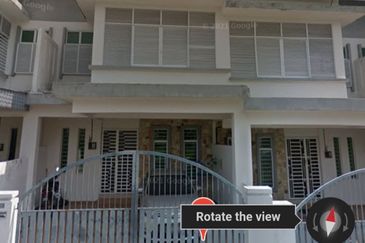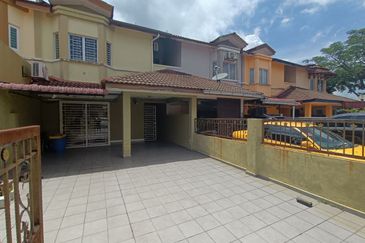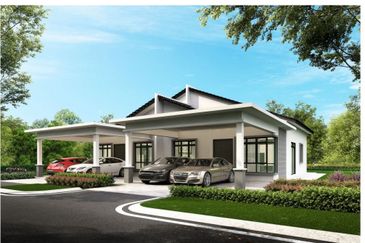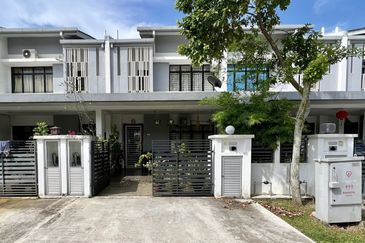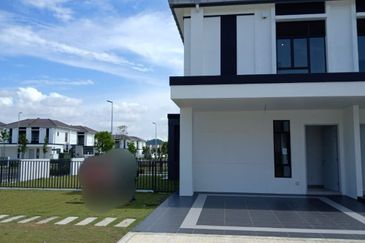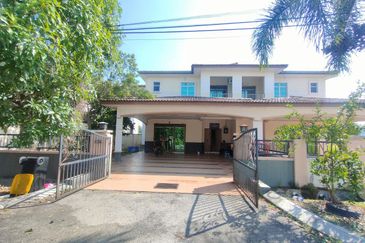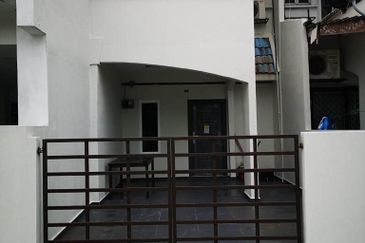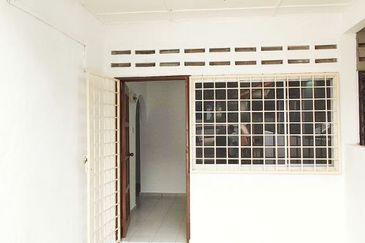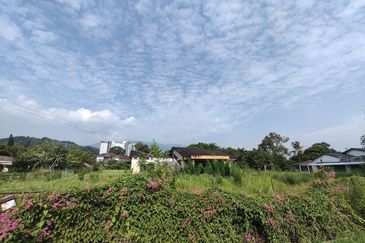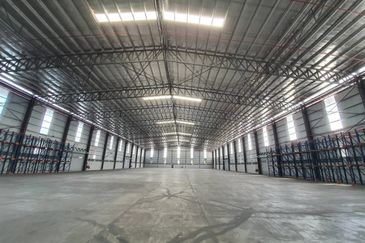The Bukit Bintang area in Kuala Lumpur will be the next hot spot with several factors working in its favour, says cartographer Ho Chin Soon at The Edge Investment Forum on Real Estate 2011.
Addressing a crowd of over 750 people in his talk entitled MRT: Real estate hotspots, the directof of Ho Chin Soon Bhd says the three mass rapid transit (MRT) stations that are marked to come up in the area — in Bukit Bintang Barat (the Bukit Bintang-Pudu area), Pavilion Kuala Lumpur’s underground car park in Bukit Bintang Timur and the proposed Kuala Lumpur International Financial District (KLIFD) where the Pasar Rakyat currently stands— are one of the factors.
“Major shopping districts in big cities in the world have a distinct atmosphere and they tend to converge on densely packed vibrant underground metro lines aka MRTs,” Ho observes.
Another factor is that three major developments are poised to come up in the south of the Golden Triangle, not far from Bukit Bintang, namely KLIFD in Jalan Tun Razak, Warisan Merdeka near Merdeka Stadium and Stadium Negara, and the commercial redevelopment of the Sungai Besi airbase.
In comparison, the north of the Golden Triangle faces obstacles to development as there are a number of Malay reserve land parcels and police and army-owned tracts in the area which have been earmarked for administrative use, and the Kuala Lumpur General Hospital, Ho explains.
Moreover, he adds, the Ampang-Kuala Lumpur Elevated Highway and the Klang River act as barriers to a smooth connection and “perception of seamless ribbons of growth”.
In his book Greater KL: The Rise of Bukit Bintang, Ho writes that Bukit Bintang will become similar to Singapore’s Orchard Road, Japan’s Ginza district or America’s Fifth Avenue in New York.
Citing Orchard Residences, formerly known as ION Residences — which is directly above ION Orchard Mall and the Orchard MRT station — as an example, he says values rose above S$4,000 psf with two registered transactions in January at S$4,250 psf after its name was changed.
“Imagine a typical 3-bedroom, 1,500 sq ft condo selling for RM15 million in Kuala Lumpur,” he writes. In his talk, Ho says there are more parcels in eastern Bukit Bintang that can be converted into developments.
MRT investment boon
While line interchanges in general offer strong growth, MRT-to-MRT interchanges should offer the properties in the area the greatest boost, says Ho. He notes that HELP University College’s car park in Pusat Bandar Damansara and the proposed KLFID in Jalan Tun Razak have been heavily tipped to be the locations of MRT interchanges.
Nonetheless, interchanges between light rail transit (LRT) and MRT stations will also help the value of the properties in the area to appreciate but it will not be as significant.
Ho identifies a number of sites that have been proposed for the MRT Blue Line or the Sungai Buloh-Kajang MRT line stations.
He expects the Sungai Buloh MRT station to come up in front of the ELC International School, in the car park of the current KTM station.
The Dataran Sunway station in Kota Damansara is poised to come up between the Seri Selangor Golf Club and the row of shops adjacent to Sunway Giza, he says.
The Pasar Seni station might be built where Plaza Warisan and UO Superstore (formerly known as Uda-Ocean Sdn Bhd) in Petaling Street are located, with both buildings to be acquired for the purpose. The Bukit Bintang station might be built in retail centre Pavilion’s underground car park.
“If I were Pavilion, I would convert my car park into retail space. Remember Sungai Wang Plaza? Its car park is now home to restaurants and retailers. (With) the MRT (Pavilion) will not need so much parking space, so just pay compensation and turn the car park into retail space,” Ho says.
Lastly, the Kajang MRT station and part of the lines will spring up where two rows of shophouses in the middle of the town, a nearby police station and Kajang Stadium are located, he adds.
Ho’s take on the Circle Line
In his talk, Ho also speculates about where the proposed MRT Circle Line stations will be sited. The Gamuda-MMC joint-venture that is the government’s project delivery partner of the MRT had earlier proposed its own Circle Line configuration. The latest proposed locations are expected to be revealed by the authorities soon.
Ho believes there will be a station near Universiti Malaya; on a parcel belonging to Kuala Lumpur City Hall (DBKL) behind Pantai Dalam, next to the green belt of Bukit Gasing in Petaling Jaya; at a site currently occupied by a sewage treatment plant run by national sewerage company Indah Water Konsortium Sdn Bhd (IWK); on a tract owned by Gapurna Sdn Bhd along the Klang River opposite the Bangsar South mixed-use development by UOA Group; at S P Setia Bhd’s KL Eco City opposite Mid Valley City from across the Klang River and at the Sungai Besi military airbase (see map).
There is a similarity between the IWK site and the scrapped Kuala Lumpur Linear City project, which would have resulted in the world’s longest underground mixed-use development, he opines.
Linear City, which would have cost about RM5 billion to RM10 billion, was to span 2km in the heart of the city. What makes the IWK site similar to the shelved development, according to Ho, is that the latter would have been serviced by a 15km-long elevated people-mover rapid transit system that would have been integrated with the LRT lines.
Ho assumes two MRT stations will be built in Sungai Besi because three stations are poised to come up in the north portion of the Rubber Research Institute of Malaysia’s landbank in Sungai Buloh.
The MRT has been designed to service the needs of Greater KL, which includes 10 local authorities in the Klang Valley — DBKL, the city councils of Klang, Kajang, Subang Jaya, Petaling Jaya, Selayang, Shah Alam and Ampang Jaya as well as the Putrajaya municipality.
To recap, the Greater KL Plan was identified as one of 12 National Key Economic Areas (NKEAs) in the 10th Malaysia Plan tabled by Prime Minister Datuk Seri Najib Razak in the middle of last year.
The government’s Performance Management & Delivery Unit (Pemandu) expects some 1.2 million sq ft of residential and commercial space to see its gross development value (GDV) rise upon the introduction of the MRT.
Addressing a forum participant’s concerns over the possible depreciation of home values near the MRT lines due to noise pollution and other inconveniences, Ho advises homeowners to look at these as investments.
“You buy but you don’t stay. You rent them out to foreign workers and students. You don’t have to stay yet you can have good rents. Fit double-glazing [to deal with the noise] and all that,” he tells the crowd.
High-speed rail
Ho notes that the proposed high-speed rail linking Kuala Lumpur to Singapore would also boost real estate prices.
“[If] the high-speed train from Kuala Lumpur to Singapore [does] 350kph, [travel from] Kuala Lumpur to Johor Baru will take one hour five minutes. 350kph is what is called the first generation. China wants to have a second generation [of high-speed rail] ... but Malaysia is not greedy. [With the] second generation [with a speed of up to 600kph], it will take only half an hour. Your seat not warm yet ... one hour is nice; you can play some games, have a meal, catch up on your reading ...” he jokes.
Last month, Public Land Transport Commission (SPAD) chief development officer Azmi Abdul Aziz said the government is undertaking feasibility studies on the high-speed rail.
SPAD is also looking at other high-speed rail proposals to connect Kuala Lumpur, Penang and Bangkok.
Basing his opinion on discussions with local investors, valuers and industry observers, Ho says there is no property bubble on the horizon as there have been no strong price increases, for example 20% to 30%, in Johor, Ipoh and Kuching.
He notes that the market is in the mid of a three-year up cycle. For instance, he says, a relative of his sold her 2-storey link house in SS17 for RM595,000, at almost a 20% premium to what it would have fetched a year ago.
This article appeared in City & Country, the property pullout of The Edge Malaysia, Issue 854, Apr 18-24, 2011
TOP PICKS BY EDGEPROP
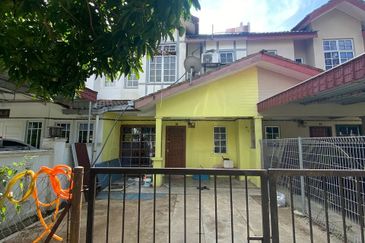
Jalan Cakera Purnama 12/19
Bandar Puncak Alam, Selangor
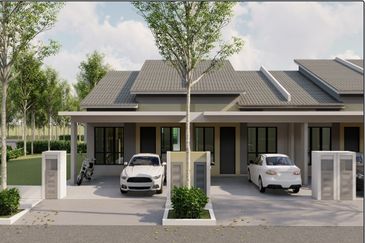
Bandar Baru Kuala Selangor
Kuala Selangor, Selangor
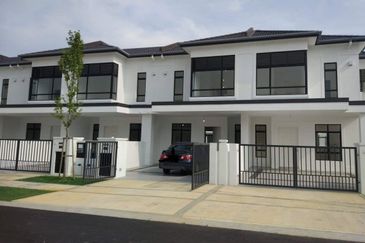
Avenham Garden @ Eco Grandeur
Bandar Puncak Alam, Selangor
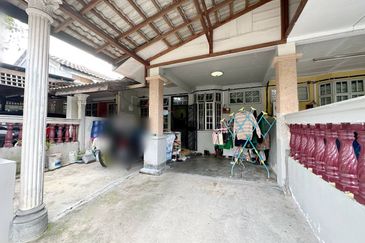
Bandar Puncak Alam
Bandar Puncak Alam, Selangor

